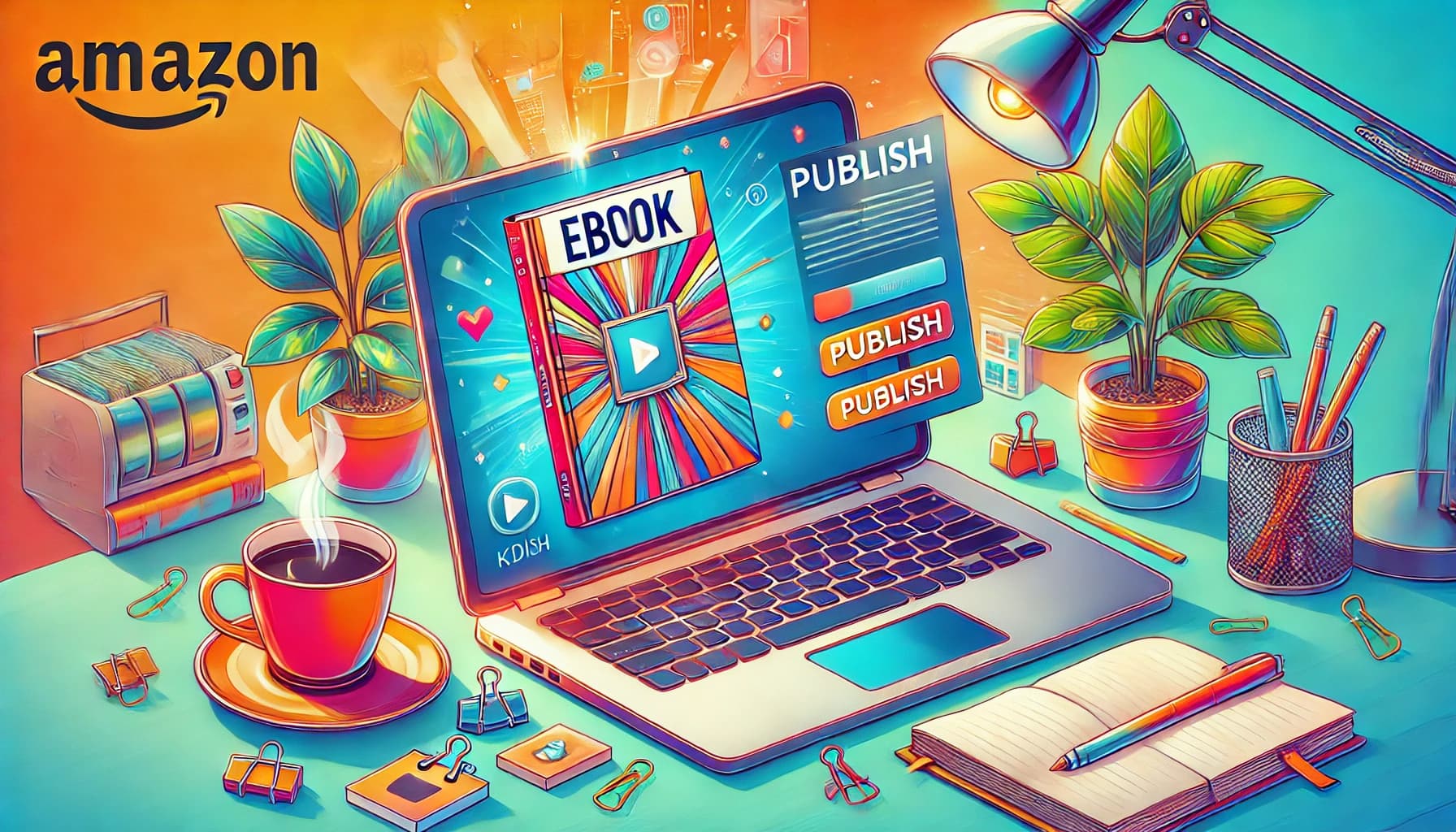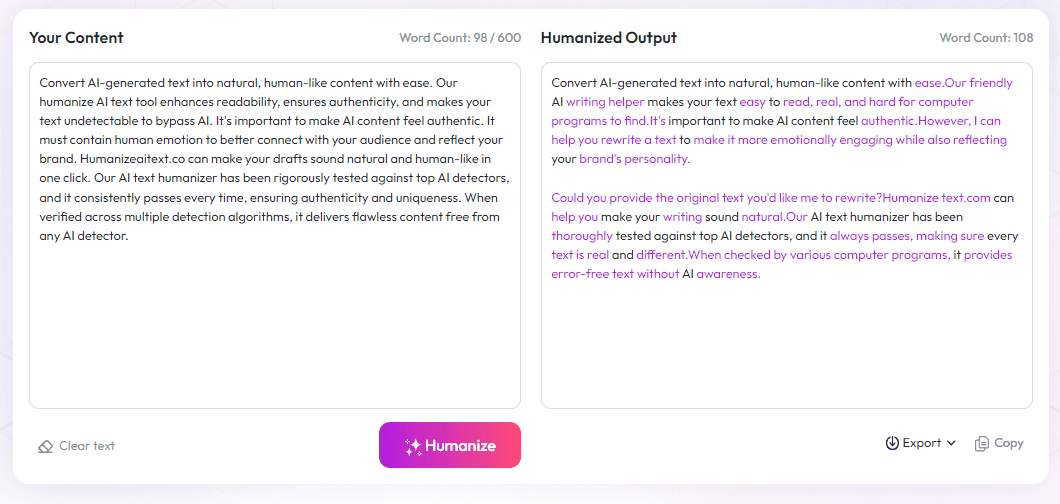Table of Contents
Ever thought about what the world would be like if history took a different turn? Maybe the Roman Empire never fell, or the South won the Civil War. These "what if" questions can be a fun way to jumpstart stories that imagine new worlds. Don’t worry if you’re unsure how to start—just keep reading for simple steps to turn your ideas into a compelling alternate history story.
Stick with it, and you'll discover how to create characters that fit these new worlds and how small key moments can shape entire societies. You'll even learn how objects and family stories can connect your timeline and make your story feel real. If you're ready to start imagining these different worlds, I’ll give you a quick preview on how to turn ideas into stories.
Key Takeaways
Key Takeaways
- Start your story with a clear “what if” prompt, focusing on key moments in history to spark ideas without needing all details upfront.
- Build characters that naturally fit your new world, making their goals and conflicts feel authentic in the altered setting.
- Focus on a single pivotal event to shape your plot, using it to explore how small changes create big differences across society.
- Use objects like letters or heirlooms to connect characters and timelines, making the story feel real and personal.
- Take practical steps by choosing a prompt, setting goals, and rewriting as you develop your story—don’t wait for perfection.
- Read or watch popular alternate history works to gather inspiration, see different tones, and learn what makes such stories engaging.
- Pick a prompt and start writing freely, focusing on key scenes and characters to build momentum and clarify your story’s direction.

Start with Clear Prompts that Spark Your Story Ideas
The foundation of a compelling alternate history story begins with a sharp, intriguing prompt. Simple “what if” questions can unlock endless possibilities by flipping key moments in history. For example: What if the Roman Empire never fell? or What if the Library of Alexandria had survived? These kinds of prompts help you visualize a new world without needing to flesh out every background detail from the start. They act as a springboard for your imagination and guide your creative process. When crafting your prompt, focus on pivotal events—like wars, treaties, or discoveries—that would drastically change the course of history. This way, you can develop a rich, believable universe around just one question. Whether it's imagining a world where the South won the Civil War or a universe where electricity was never discovered, these starting points make the writing process more focused and fun.
Create Characters that Fit Your Alternate World
Once you've picked a prompt, the next step is building characters who belong in that new setting. Characters should reflect the world’s altered reality—what they want, what conflicts they face, and how they fit into the bigger picture. For example, in a timeline where the Roman Empire never fell, you might have a soldier loyal to a still-powerful empire or a scholar fighting to keep ancient knowledge alive. If the world shifted because of a different political victor, your characters might be revolutionaries, diplomats, or everyday citizens trying to survive. By aligning your characters’ goals with the world’s new rules, your story feels authentic and engaging. Use their personal stories to show how society adapts—and sometimes resists—the ripple effects of major historical changes.
Use Key Moments to Develop Your Plot
Focusing on a single pivotal event keeps your alternate history story centered and compelling. Think about a major battle, negotiation, or discovery that altered the course of events. For example, what if a different country had won a crucial war? Imagine how the world would look if a peace treaty had failed or succeeded differently. By exploring "what if" scenarios around these moments, you can craft a narrative that reveals the deeper impact of those choices. Combining several small changes inspired by this event helps create a cohesive picture of a universe that’s notably different from our own. This approach makes plotting easier because your story is rooted in tangible, high-stakes moments that drive the action.
Incorporate Objects and Family Stories to Keep the Timeline Connected
Objects like letters, diaries, heirlooms, or photographs serve as tangible links across generations, illustrating how historical shifts influence personal lives. For example, a diary documenting the survival of a library might reveal how knowledge survives in a changed world. These items not only deepen your characters’ backstories but also help you trace how major events ripple through time. Using family heirlooms as plot devices can highlight cultural shifts or societal struggles, making your story feel more real and connected. Including such artifacts enriches your narrative, providing authentic linkages that ground the larger historical changes in personal experiences.
Follow Practical Steps to Write Your Alternate History
Start with a specific question or idea—like “What if the South had won the Civil War?”—and let that guide your story. Think about the themes you want to explore, such as conflict, societal change, or resilience. It’s helpful to collaborate with writing groups, read books, or listen to podcasts about history and storytelling, as they can spark ideas and give valuable feedback. Set manageable writing goals to keep yourself on track, and don't be afraid to revisit and refine your prompt as your story develops. Practicing writing consistently helps turn your initial sparks of inspiration into a fully fleshed-out narrative. Keep in mind that understanding the real-world consequences of historical changes makes your story more believable and engaging.

Find Inspiration in Popular Alternate History Books and Shows
Looking at how others have handled the genre can spark your own ideas. Shows like The Man in the High Castle imagine a world where the Axis powers won WWII, showing how such scenarios can be both dark and fascinating.
Books like Robert Harris’s Fatherland or Philip K. Dick's works open up different angles for your stories, highlighting what’s possible with a twist on history. Use these as starting points to see how alternate outcomes influence society, politics, and personal lives.
Pay attention to how these stories explore societal struggles, moral dilemmas, and the consequences of major shifts. They help you see what readers find compelling and how you might craft something equally engaging.
Watching these examples can also give you ideas about tone, pacing, and character development, helping you understand what makes an alternate history story work well on screen or on page.
Encourage Action: Pick a Prompt and Begin Your Story
The best way to get your project moving is to choose one intriguing prompt and start building your story around it. Don't worry about perfection; just get words on the page. You could ask yourself: "What if a major empire still ruled today?" or "What if a natural disaster shifted the world's power balance?"
Think of this as a brainstorming session—write freely and let your ideas flow. Focus on crafting a few key scenes that illustrate the initial change and its ripple effects. This helps you set a clear direction without feeling overwhelmed.
As you go, ask yourself questions to guide your writing: How do people live in this world? What conflicts arise from the change? What characters are most affected? These questions keep your story anchored and authentic.
Remember, your first draft doesn’t need to be perfect. The goal is to build momentum. Once the story is flowing, you can refine and expand it. Even just a few pages can help clarify your vision and boost your confidence to keep going.
If you’re stuck, try using writing prompts from resources like winter writing prompts for inspiration, or join a storytelling community to share ideas and get feedback.
FAQs
Start by considering major historical events and asking what might have happened if they turned out differently. Focus on scenarios that inspire curiosity and offer new storytelling angles, like "What if a pivotal battle had a different outcome?"
Create characters whose backgrounds, goals, and conflicts are influenced by the changed events. Think about their roles in this new world and how their lives are shaped by the altered history to make them believable and relatable.
Focus on a significant event and imagine how the story would change if the outcome was different. Combine multiple small changes around that moment to build a comprehensive alternate world storyline.
Items like letters, heirlooms, or diaries connect characters across generations and highlight how historical changes influenced personal lives, adding depth and realism to your story's timeline and world.



